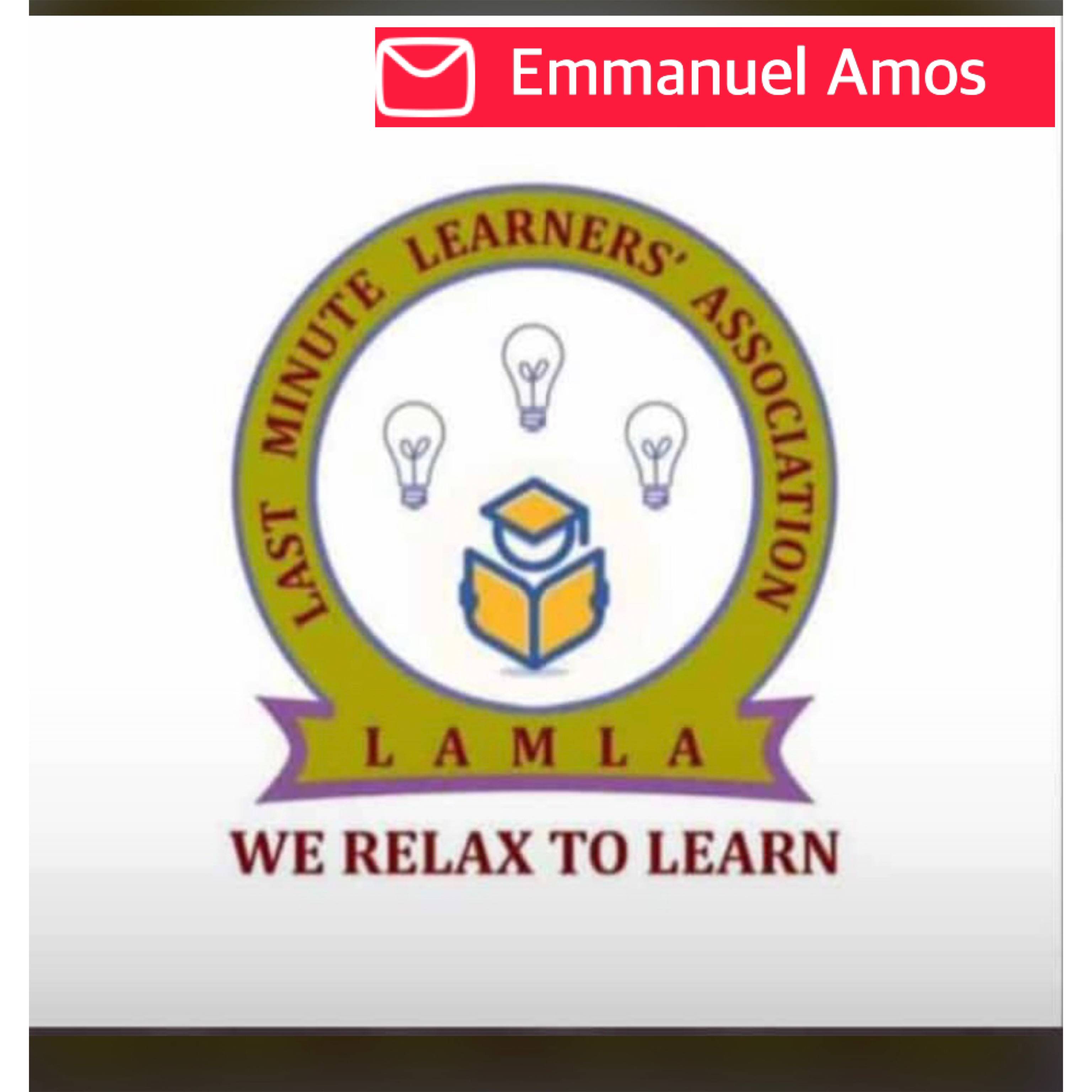PSYCHOLOGY OF LEARNING IN MIDDLE CHILDHOOD
la. Explain the concept of individual differences.
Answer:Individual differences refer to the unique characteristics and qualities that make each person special. It could be things like personality traits, abilities, talents, and even physical features. It's what makes us all different and interesting! 😄
1b. Briefly explain any four (4) classroom implications of individual differences to the teacher in middle childhood classrooms.
Answers : here are four classroom implications of individual differences for teachers in middle childhood classrooms:
1. Differentiated Instruction: Teachers need to adapt their teaching methods and materials to cater to the diverse learning styles, abilities, and interests of their students.
2. Individualized Support: Providing individualized support and accommodations for students with special needs or learning disabilities ensures that they have equal opportunities to succeed in the classroom.
3. Collaborative Learning: Encouraging collaborative learning activities allows students to work together, benefit from each other's strengths, and develop important social skills.
4. Cultivating Inclusive Environment: Fostering an inclusive classroom environment where every student feels respected, valued, and included helps create a positive learning atmosphere for all students.
These are just a few ways teachers can address and embrace individual differences in middle childhood classrooms. 😊📚
2a. Briefly explain the reinforcement theory of language acquisition.
Answer: So, the reinforcement theory of language acquisition suggests that language learning occurs through a process of reinforcement and reward. Basically, when a person produces a correct or desired language response, they receive positive reinforcement, such as praise or a reward. This positive feedback strengthens and reinforces the connection between the language response and its meaning or usage. Over time, this reinforcement helps in acquiring and improving language skills. It's like a little pat on the back for getting it right!
2b. State and explain any three (3) factors which influence language development in middle childhood.
Answers: here are three factors that can influence language development in middle childhood:
1. Environment and Exposure: The language-rich environment and exposure to a variety of vocabulary, conversations, and reading materials greatly impact language development. Children who are consistently exposed to language through conversations, books, and interactions tend to have better language skills.
2. Social Interactions: The quality and quantity of social interactions play a crucial role in language development. Engaging in conversations, discussions, and interactions with peers, family members, and teachers provides opportunities for children to practice and refine their language skills.
3. Cognitive Abilities: Cognitive abilities, such as memory, attention, and problem-solving skills, also influence language development. These abilities enable children to process and comprehend language, understand complex grammar rules, and use language effectively to express their thoughts and ideas.
These factors work together to shape language development during middle childhood, helping children expand their vocabulary, improve their grammar, and enhance their communication skills. 🗣️📚
3a. State any two (2) types of transfer of learning.
Answers: There are two types of transfer of learning:
1. Positive Transfer: This occurs when previously acquired knowledge or skills enhance the learning or performance of a new task. For example, if a child has learned to ride a bicycle, they may transfer their balance and coordination skills to learn how to ride a scooter more easily.
2. Negative Transfer: This happens when previously learned knowledge or skills interfere with the learning or performance of a new task. An example could be if a person who is fluent in Spanish tries to learn Portuguese, they may accidentally use Spanish vocabulary or grammar rules that are different in Portuguese, which can hinder their progress.
3b. As an upper primary teacher, briefly explain any four (4) conditions you will consider to ensure effective transfer of learning.
Answer: As an upper primary teacher, there are four conditions I would consider to ensure effective transfer of learning:
1. Meaningful Connections: I would help students understand how the new knowledge or skills relate to their prior learning and real-world contexts. By making connections between what they already know and the new information, students are more likely to transfer their knowledge effectively.
2. Practice and Application: Providing opportunities for students to practice and apply their learning in different contexts helps reinforce their understanding and promotes transfer. This could involve engaging in problem-solving activities, projects, or real-life simulations that require the application of their knowledge and skills.
3. Reflection and Metacognition: Encouraging students to reflect on their learning process and think about how they can apply their knowledge in different situations enhances transfer. By promoting metacognitive strategies, such as goal-setting, self-assessment, and monitoring their own learning, students become more aware of how they can transfer their knowledge effectively.
4. Scaffolded Support: Offering appropriate support and guidance throughout the learning process helps students develop the skills and confidence needed for effective transfer. Gradually reducing support as students gain mastery and independence allows them to transfer their learning autonomously.
By considering these conditions, I aim to foster a learning environment that facilitates the transfer of knowledge and skills, enabling students to apply what they have learned in meaningful and diverse contexts.
4a. Explain any four (4) creative strategies or approaches you adopted to achieve effective behaviour management in middle childhood classrooms during your Supported Teaching in School (STS)
Answer: let me share four creative strategies or approaches that I adopted during my Supported Teaching in School (STS) to achieve effective behavior management in middle childhood classrooms:
1. Establishing Clear Expectations: I found that setting clear and consistent expectations for behavior from the beginning of the school year was crucial. By discussing and collaboratively creating classroom rules and routines with the students, they felt a sense of ownership and were more likely to follow them.
2. Positive Reinforcement and Rewards: I implemented a system of positive reinforcement to motivate and encourage desired behaviors. This included verbal praise, stickers, or small rewards to recognize students' efforts and achievements. Celebrating their successes helped create a positive and supportive classroom environment.
3. Engaging and Interactive Lessons: I found that incorporating hands-on activities, group work, and interactive lessons helped keep students engaged and minimized disruptive behavior. By making learning fun and relevant to their interests, students were more motivated and focused.
4. Individualized Support and Interventions: Recognizing that each student has unique needs, I provided individualized support and interventions when necessary. This could involve implementing behavior plans, offering additional resources or accommodations, or having one-on-one conversations to address specific challenges and foster a positive learning experience.
By implementing these strategies, I aimed to create a positive and inclusive classroom environment where students felt valued, motivated, and supported in their learning journey. 🎒🏫😊
4b. State the two (2) main types of moral thinking of children in middle childhood by Piaget
Answer : In middle childhood, Piaget identified two main types of moral thinking in children:
1. Heteronomous Morality: During the early years of middle childhood (around 5 to 10 years), children tend to exhibit heteronomous morality. They view rules and moral standards as fixed and unchangeable, believing that they are imposed by authority figures or external sources. Children in this stage may focus on the consequences of actions rather than intentions when determining right from wrong.
2. Autonomous Morality: As children progress through middle childhood (around 10 years and beyond), they develop autonomous morality. In this stage, children begin to understand that rules are not absolute and can be modified through mutual agreement. They consider intentions, fairness, and the context in which an action occurs when making moral judgments. Children in this stage demonstrate a growing capacity for independent moral reasoning.
These two types of moral thinking represent the progression of children's moral development as they move from a more rigid, rule-bound perspective to a more flexible and nuanced understanding of morality.


